Technological Advancements
Technological advancements play a pivotal role in shaping the Heating Radiator Market. Innovations such as smart thermostats, wireless controls, and advanced materials are revolutionizing radiator design and functionality. The integration of smart technology allows for better temperature regulation and energy management, appealing to a tech-savvy consumer base. According to recent data, the market for smart heating solutions is projected to grow significantly, with smart radiators expected to capture a substantial share. This trend indicates a shift towards more intelligent heating systems, enhancing user experience and efficiency in the Heating Radiator Market.
Energy Efficiency Regulations
The Heating Radiator Market is increasingly influenced by stringent energy efficiency regulations imposed by various governments. These regulations aim to reduce energy consumption and greenhouse gas emissions, prompting manufacturers to innovate and produce more efficient heating solutions. For instance, the introduction of energy labels and standards has led to a surge in demand for high-efficiency radiators. As a result, the market is witnessing a shift towards products that not only comply with these regulations but also offer enhanced performance. This trend is expected to drive growth in the Heating Radiator Market, as consumers become more aware of the benefits of energy-efficient heating solutions.
Rising Construction Activities
The ongoing rise in construction activities across residential and commercial sectors is a key driver for the Heating Radiator Market. As new buildings are constructed, the demand for effective heating solutions increases correspondingly. Recent statistics indicate that the construction sector is experiencing robust growth, particularly in emerging markets where urbanization is accelerating. This surge in construction not only boosts the demand for heating radiators but also encourages the adoption of modern heating technologies. Consequently, the Heating Radiator Market is poised for expansion as builders and developers seek efficient heating solutions for new projects.
Shift Towards Renewable Energy Sources
The shift towards renewable energy sources is emerging as a crucial driver for the Heating Radiator Market. As more consumers and businesses seek sustainable heating solutions, the demand for radiators compatible with renewable energy systems, such as solar thermal and heat pumps, is likely to increase. This transition reflects a broader commitment to reducing carbon footprints and embracing eco-friendly technologies. Market data indicates that the adoption of renewable energy in heating applications is gaining momentum, suggesting that the Heating Radiator Market must adapt to these changes to remain competitive and relevant in a rapidly evolving energy landscape.
Consumer Awareness of Indoor Air Quality
There is a growing consumer awareness regarding indoor air quality, which significantly impacts the Heating Radiator Market. As individuals become more conscious of the health implications associated with poor air quality, the demand for heating systems that promote better air circulation and filtration is on the rise. Radiators that incorporate features to enhance air quality are increasingly sought after. This trend suggests that manufacturers in the Heating Radiator Market may need to focus on developing products that not only provide warmth but also contribute to healthier indoor environments, thereby aligning with consumer preferences.


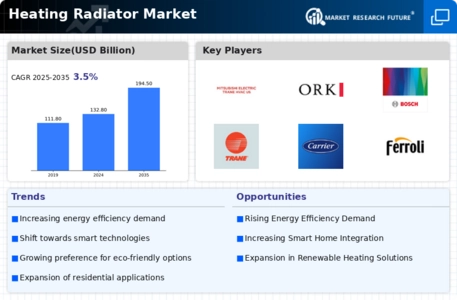

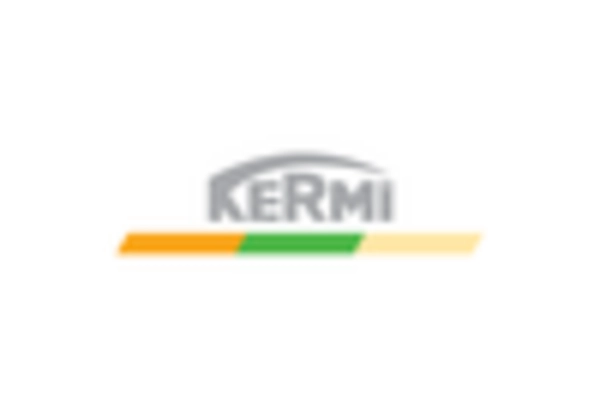
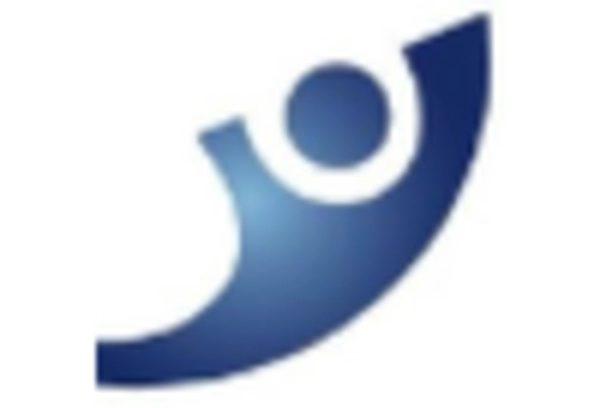
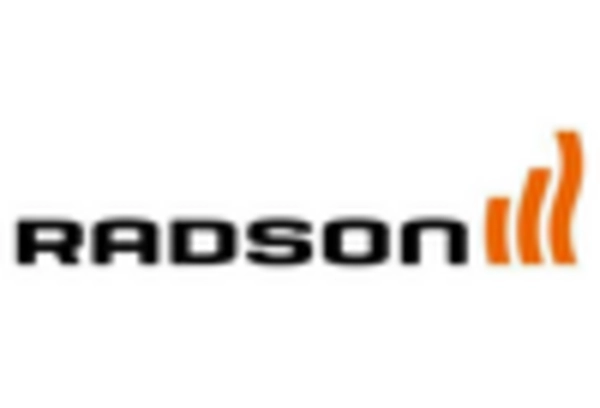
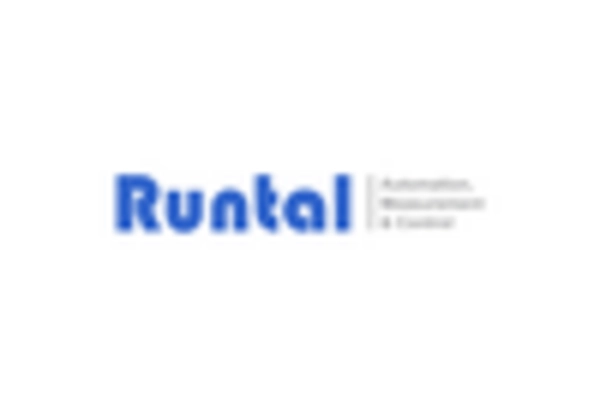
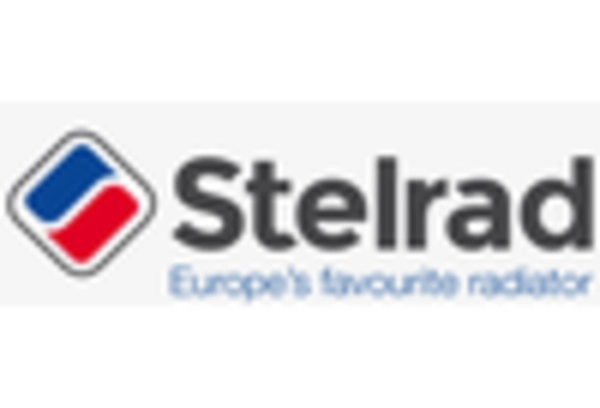
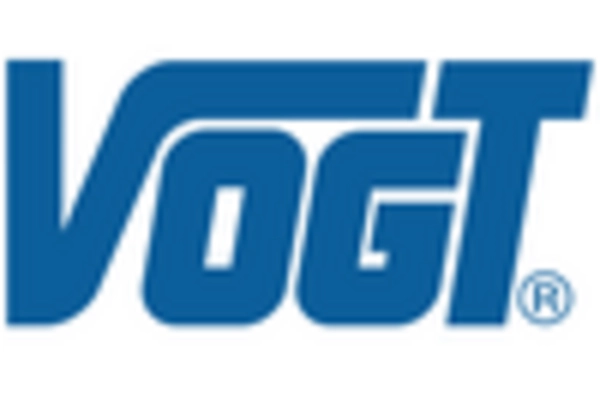








Leave a Comment